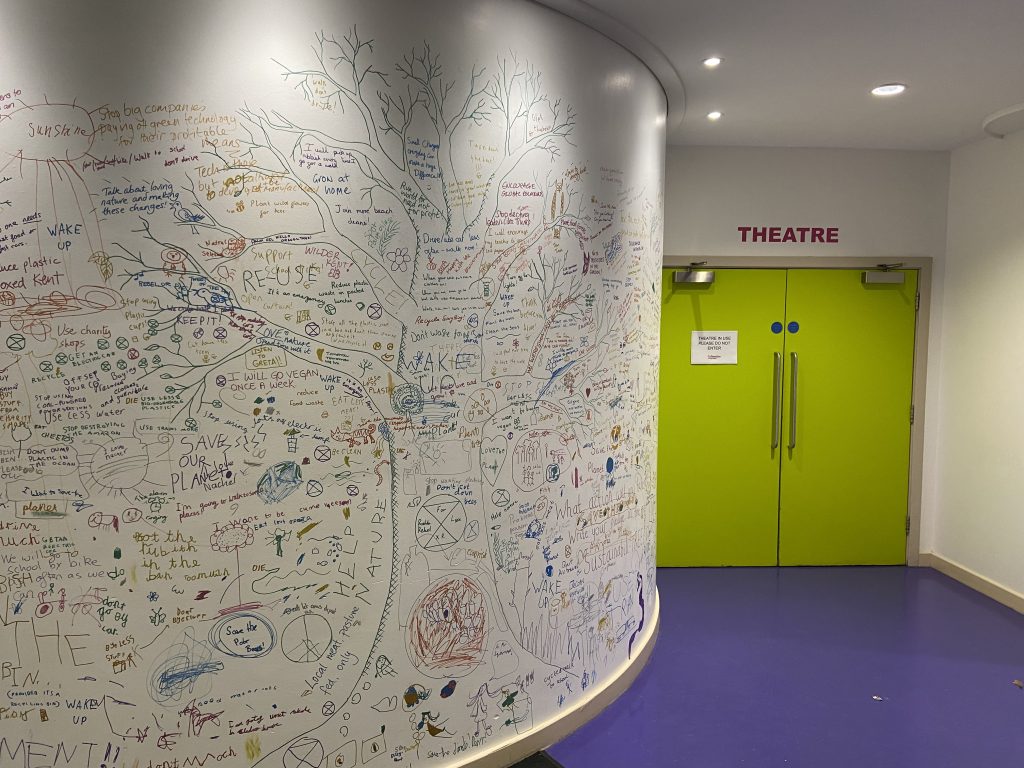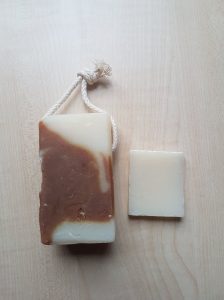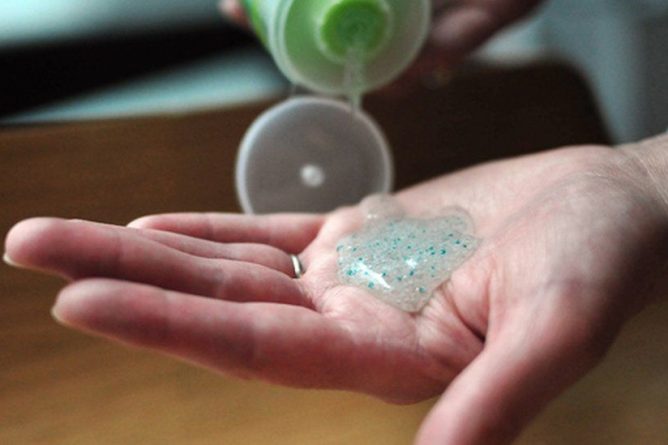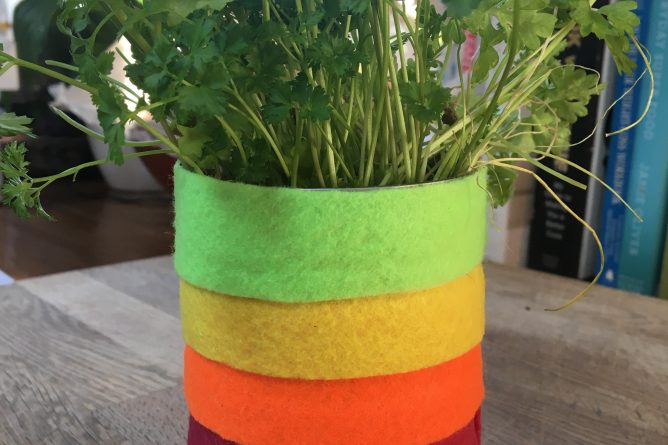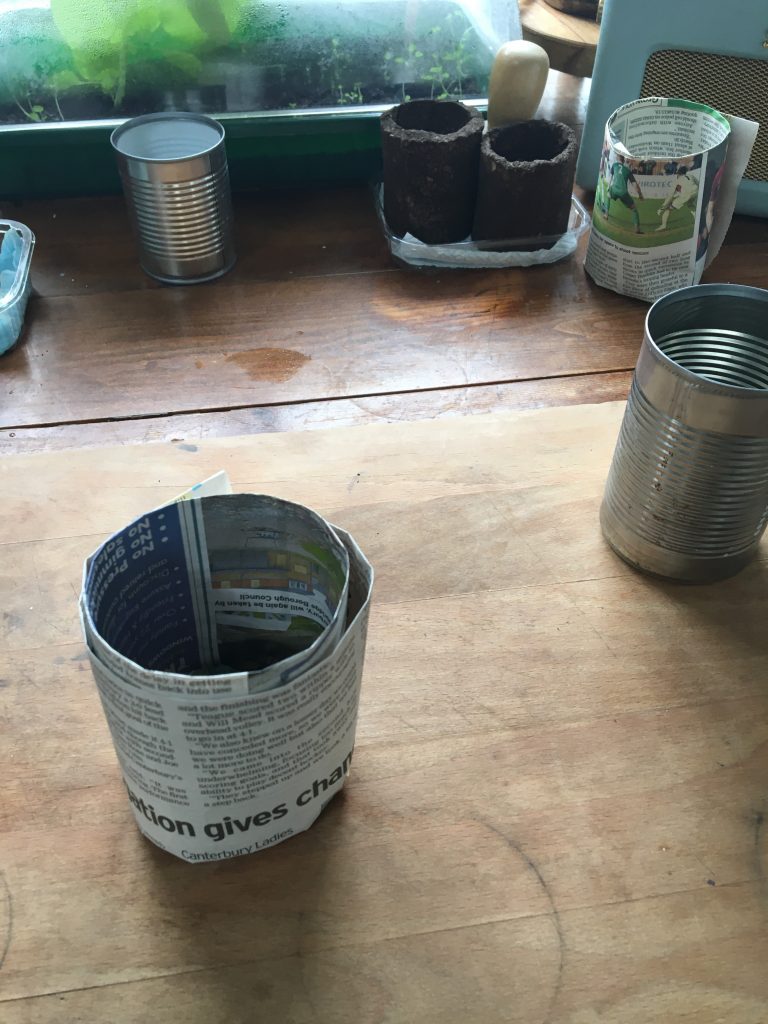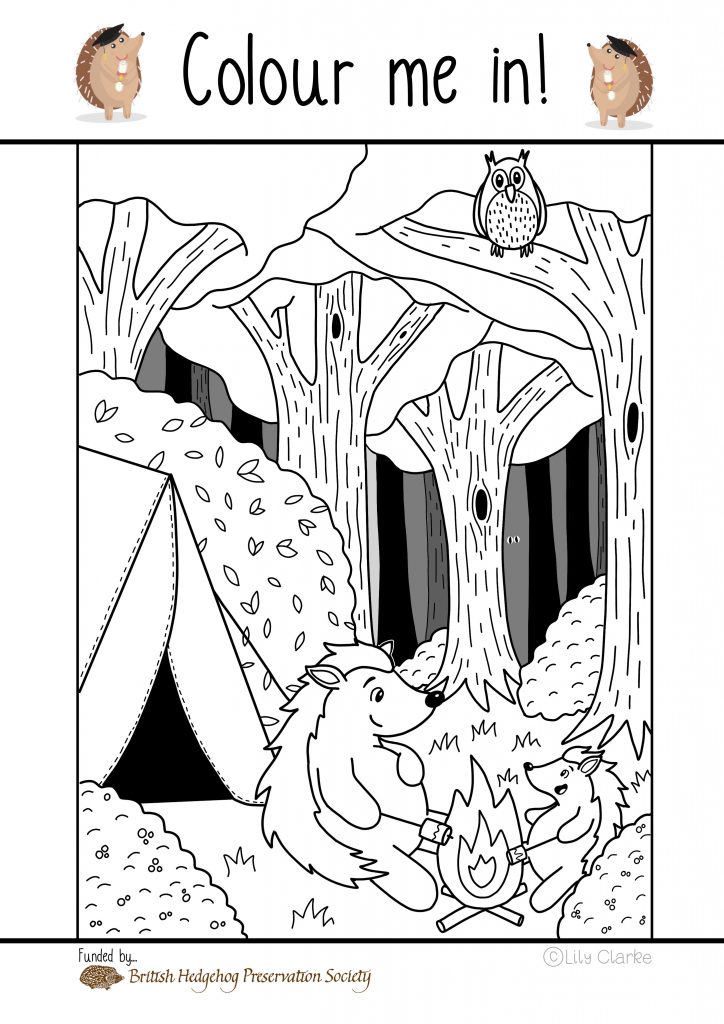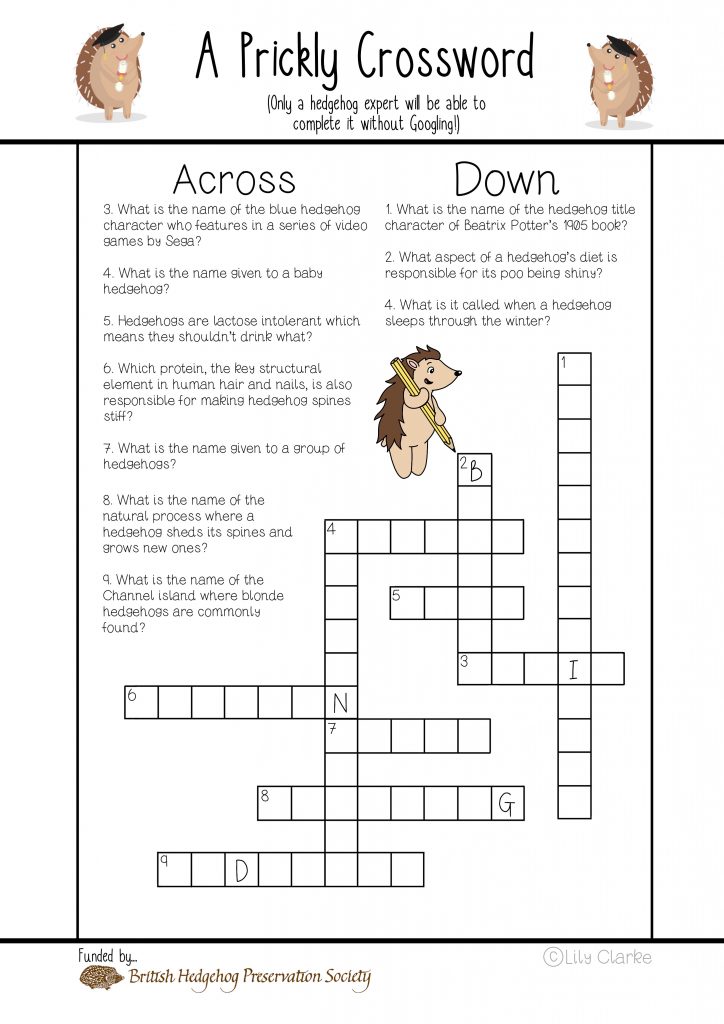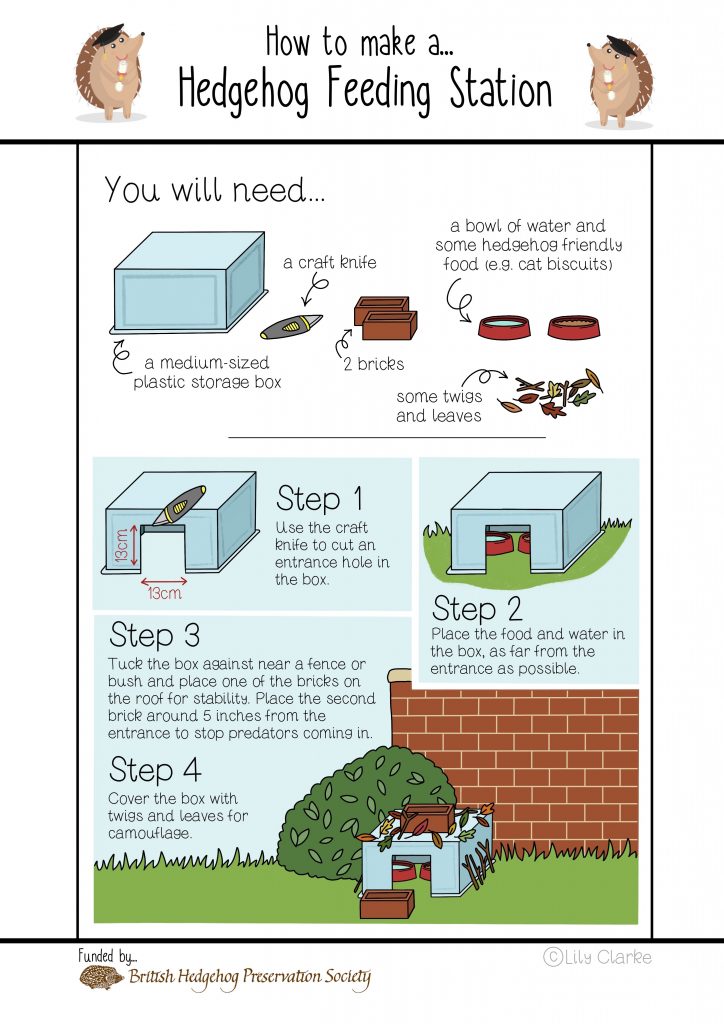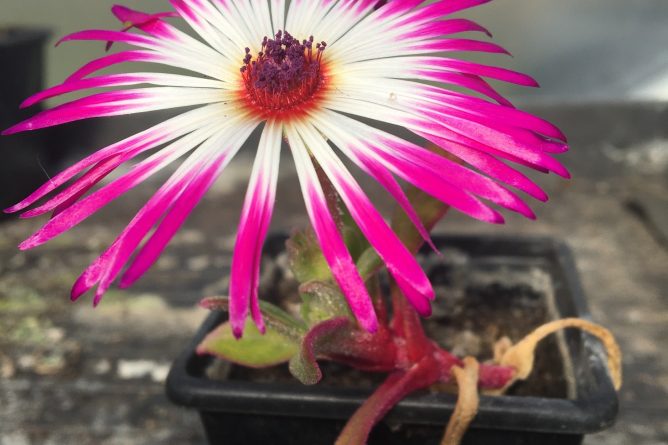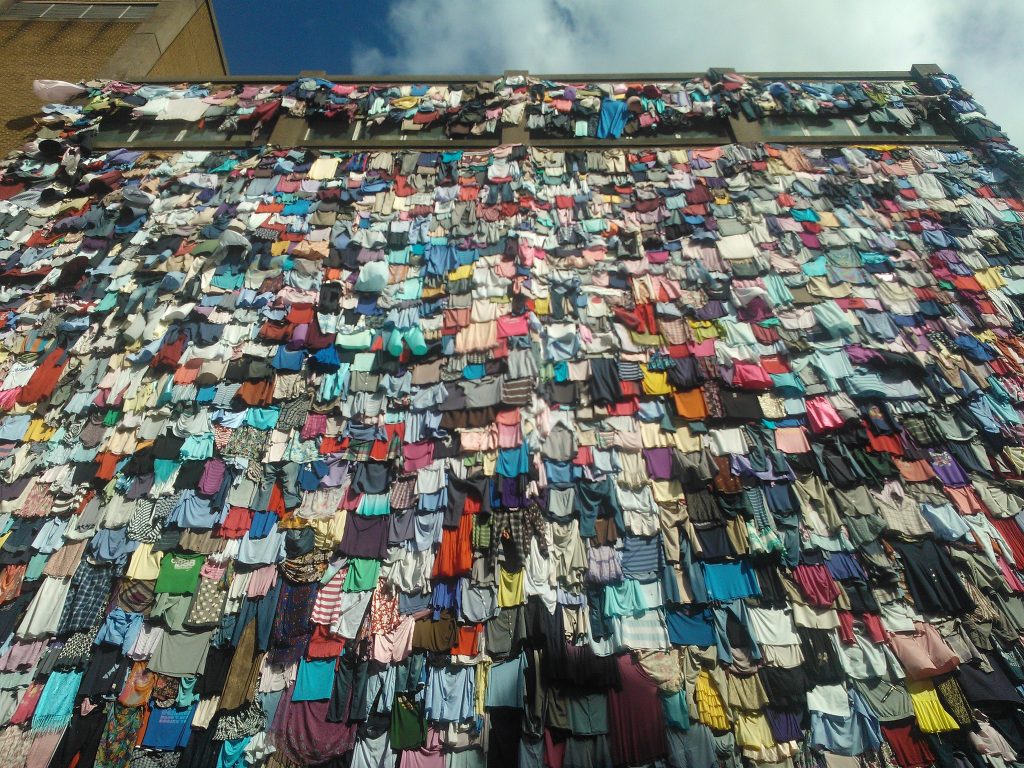A guide to student-friendly toiletries plastic reduction: blog series by SDG Ambassador Julia
It’s #plasticfreeJuly! There are so many reasons to start reducing your plastic consumption and join the plastic-free hype! Reducing your carbon footprint or plastic consumption may not be the first thing on your mind right now with a global pandemic afoot, but if this something you’d like to try out, this series might be of interest!
Having said that, there are many perks to going plastic free specifically with your toiletries at this particular time. I don’t know about you, but I am still finding that the regular pharmacies or drug stores still don’t stock my go-to products. Why not try something new in a time when we are literally washing our hands to save lives.
For the first blog in this series I’d like to introduce Ethique. I tried Ethique mostly because I had been following them on Instagram for a while and was super intrigued by their products (top tip: how do you find ethical/plastic free brands? Instagram). Their tag line is #giveupthebottle and according to their website, claim to be plastic free, cruelty free, palm oil free and vegan which checked all the boxes for my personal preferences. They are also more accessible as they are sold online at Holland & Barrett, both in store and online and are also now sold by Boots online.
My initial thought was that the pricing was way over what I would usually budget for these kinds of products, but I am willing to invest in a product if it lasts longer than something that I paid less for. I tried a bunch of products, purchased their trial pack for oily skin, a moisturiser and a soap container. I also tried to buy most products when they were on sale.
From personal use, I have two stand-products that I can confidently say they worked well for my skin type. This review is based on my personal experience with the products so I can’t speak for all skin or hair types! For reference, my skin and hair are both oily.
Stand-out product 1 – Star of the show

Ethique Gingersnap Face Scrub. Price: £12.99
I purchased the multipack of Gingersnap Face Scrub without realising it was already included in the trial pack that I had also purchased. I was annoyed at this until I tried one and instead, I was delighted. This scrub is very, very good. I used it once a day, in the shower as a precursor to the facewash and have continued to enjoy the multipack after the trial one was used up. It lasts a while as long as you don’t get it too wet in the shower and is very easy to use. I’d say each bar probably lasted about a month making the 4 pack last about 4 months but may not be as cheap. I have tried many an exfoliation product and this has to be one of the best ones. Considering you average about £3.25 for each individual bar in the pack, I’d say this is around the same price as decent scrub you’d get at Boots or Superdrug.
Stand-out product 2 – Honourable mention
Ethique Sweet Orange and Vanilla Butter Block. Price: £11.99
The butter block was the most luxurious product out of all the products. The scent is quite strong but not overpowering but is sweet smelling – definitely a win if you are a fan of sweet and fruity scents. The instructions say to use it right after showering but I found it would kind of slide off my skin a bit too much. If used on dry skin though, it worked much better. Storage-wise it is a bit tricky. Warm surroundings will cause the oils to seep into whatever container you keep it in so be sure to keep it in something substantial. It is very moisturising and I used it every other day or every two days on my arms and legs. I think for the price it is impractical to purchase this on the regular, but as a gift for a friend or if you find it on sale, a gift for yourself.
Overall, I enjoyed the products that I purchased from Ethique but found that some either didn’t work as well as other products I have used or I found them expensive for what they were and therefore haven’t included them in this budget conscious review. Thank you so much for reading this far and I hope you enjoyed the first post of this blog series. I hope to do a couple more brand reviews as part of this series so watch this space!
Disclaimer: All opinions are my own. I purchased these items with my own money, they are not a gift nor is this post sponsored.
Ethique’s website: https://ethique.co.uk/
Ethique at Boots: https://www.boots.com/sitesearch?searchTerm=Ethique
Ethique at Holland & Barrett: https://www.hollandandbarrett.com/info/ethique/
